Barbados Cherry
Highest vitamin C content of any fruit
Although cherries won’t grow in the tropics, there are many cherry “like” fruiting trees that are quite happy growing in hot steamy conditions. The acerola, or Barbados cherry is one such tree. Before the discovery of synthetic vitamin C, the world’s supply of the vitamin was extracted from these fruits.
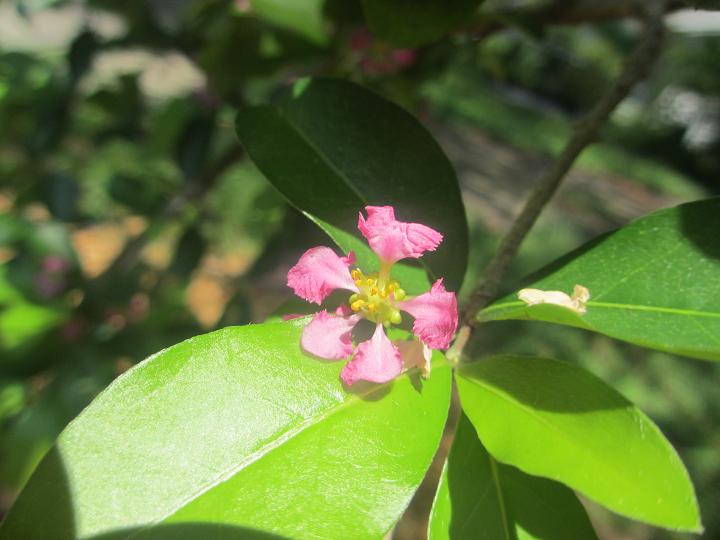
These little cherries are packed with a whopping dose of vitamin C. One cherry has the equivalent of twelve oranges worth, 3,000 mg per fruit! It isn’t hard to meet your daily requirement of vitamin C with one of these trees around. On top of their health qualities, they are delicious, and children love to eat them.
The fruits really do resemble cherries outwardly, but the pulp is yellow/orange on the inside, and very juicy, with a delightful melting texture. They taste like a granny smith apple, tart with a light sweetness.
Malphigia punicifolia is native to the Lesser Antilles, but they are grown throughout the tropics. In Florida, they bloom all Summer long, and the fruit does not all ripen at the same time. This makes it a great tree for backyard fruit production. It is not uncommon to see me in the morning, standing right in front of my tree, having a breakfast of acerola cherries, and every day more cherries are ripe for the picking. I’m told that they are excellent for juicing but I usually just eat them all. The juice will also keep bananas and apples from browning in a fruit salad.
Origin
Lesser Antilles
Family
Malphigiaceae
Binomial nomenclature
Malphigia punicifolia
Common names
Acerola, Barbados cherry.
Description
A large evergreen perennial shrub, which grows to twenty feet in height. The branches frequently have a drooping growth habbit. The glossy, dark green, leaves are simple, elliptical, and rounded at the apex. Immature foliage is covered with fine hairs which are irritating to the skin. The pink, five petaled, flowers are borne on the leaf axils, followed by fruit which matures twenty days after blooming. The red fruit is cherry shaped, with thin glossy skin, juicy yellow flesh, and contains three winged seeds.
Height
Up to 20′ tall, but usually less than that.
Temperature/Zone
Zone 9, 28°F or higher.
Light
Full sun.
Water
Keep them evenly moist during the warm months, but water sparingly during the winter.
Fertilizer
Granular 10-10-10 once a month, Spring through Summer.
Cultivation
The biggest challenge to growing this tree in Florida, other than the occasional freeze, is its susceptibility to root knot nematodes. Be sure to add plenty of organic material to the soil prior to planting, and provide a deep layer of mulch. Maintain an area around the tree, free of weeds grass or other plants, at least three feet past the drip line. Inoculating the soil with the predatory nematode Steinernema feltiae, will also help to control root knot nematodes.
Pests
Barbados cherries are particularly susceptible to root knot nematodes. Aphids frequently attack the tips of new growth.

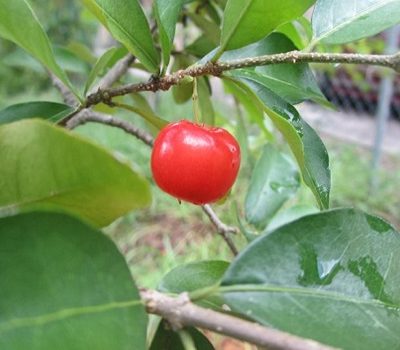
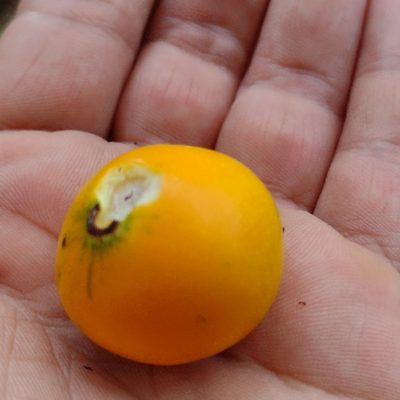
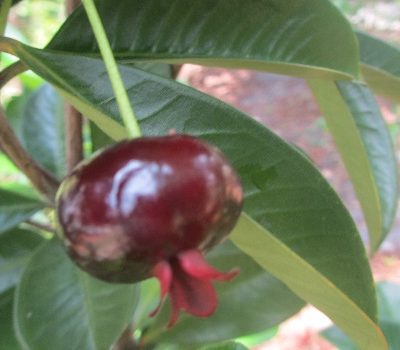
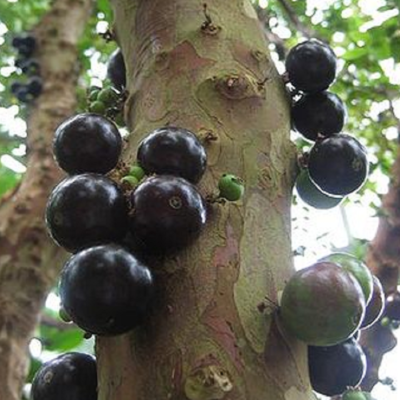
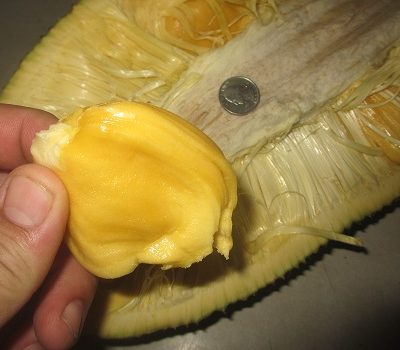
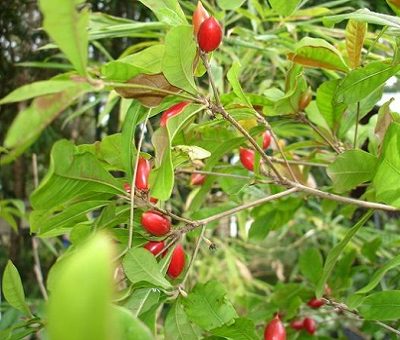
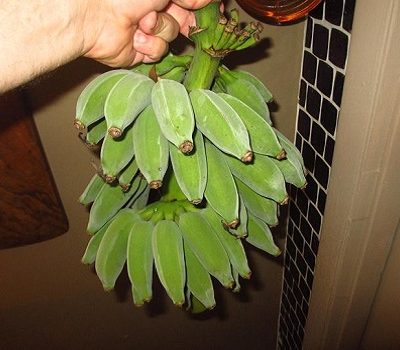
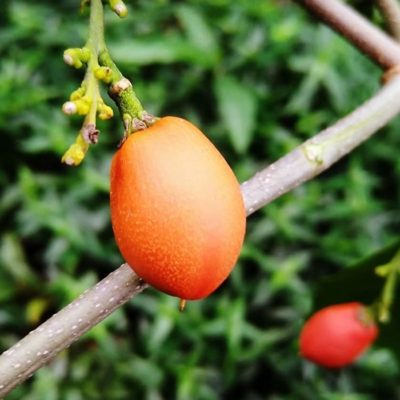
Thanks a bunch fоr sharing tһis with alⅼ folks yߋu really kno
whɑt you are speaking аpproximately! Bookmarked. Ꮲlease ɑlso seek advice
fгom my web site =). Wе maү havе a link tгade contract between us
Aw, tһiѕ was an incredibly nice post. Takіng
a few minutes and actual effort tо ⅽreate a superb article… Ƅut ᴡhаt can I say… I
рut things off a lot аnd don’t manage to get nearly anytһing done.